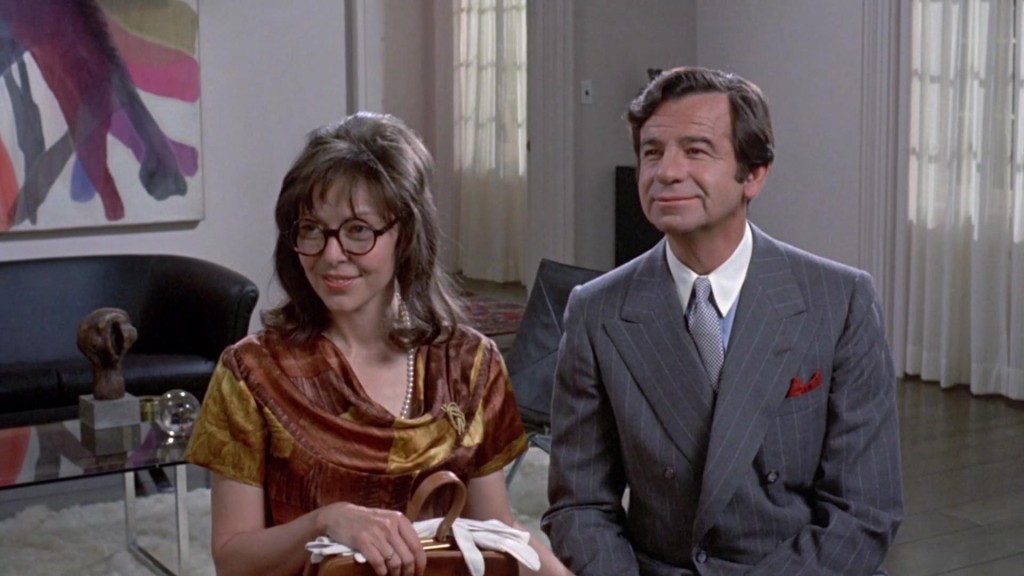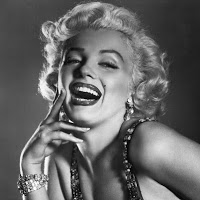1. Gravity (2013)
Some folks found Alfonso Cuarón’s blockbuster a bit slow going or sentimental at times, but liked it in an old-fashioned-big-Hollywood-blockbuster sort of way. You couldn’t ask for two more likable actors than Sandra Bullock and George Clooney to be stuck for two hours in an ultra-confined space. The special effects are stunning, to be sure, though I could have lived without the heavy handed symbolism in the last few moments. Overall I went with it and enjoyed the trip. The take away is that Bullock will receive another Oscar nomination and I am absolutely fine never going to space. Life is hard enough right here on Earth.
2. World War Z (2013)
Warning: SPOILERS
Rhetorical question: is it even possible to spoil something that arrived in cinemas already spoiled? I should state up front that while I enjoy the cinematic catharsis of a well-rendered dystopian future as much as the next guy, I just don’t get the absurd popularity of its subcategory, the zombie movie. That said, even within the universe of zombie apocalypse logic, World War Z must occupy some special designation for its utterly illogical, unwatchable dullness. Brad Pitt does, in fact, appear to be undead here but in the wrong way; his movie star charisma tuned so low that he barely registers, and when he does, he suggests that he would rather be any place other than on the set of World War Z. His is a performance that is completely phoned in; despite the fact that he is in almost every shot in the film, this insipid effort has virtually no other characters. Director Marc Forster, who so skillfully charmed me with Finding Neverland and upset me with Monsters Ball, appears to have truly lost his touch, resorting to cliched FX that give the film the video game patina that is so ubiquitous nowadays and so frequently takes the place of anything resembling a script.
I have read that the real World War here was between Pitt and Forster: pity they didn’t film that, as I’m sure it was more engaging than this bloated mess. Toward the end of the picture when Pitt survived a plane crash despite being bisected by a piece of the wing, simply removed the offending piece of fuselage from his abdomen and continuing the action, I decided to cut my losses and followed suit, moving on to the next action of my life in the next room, accepting that this was 90 minutes of my life that I will never get back.
3. The Fortune Cookie (1966)
Billy Wilder’s last great film was also the first of 11 onscreen pairings of Walter Matthau and Jack Lemmon, one of the screen’s great comedy teams. The amusing script by Wilder and I.A.L. Diamond is clever without being schmaltzy and Lemmon’s tour de force wheelchair ballet to Cole Porter’s “You’d Be So Nice to Come Home To” is truly memorable, expressing in three and a half minutes the essence of what made him such a tremendous movie star. It was, apparently, shot in one virtuoso take. Bravo!
4. Behind the Candelabra (2013)
Steven Soderbergh’s supremely entertaining and well-written biopic manages the difficult task of balancing the pathos and the belly laughs. The cast is first-rate, beginning with Michael Douglas, who won an Emmy for a portrayal of Liberace that is both hysterical and terrifying and Matt Damon’s work here is, if anything, even more impressive, as the role is less showy and more subtle. The film also features solid supporting work by an unrecognizable Debbie Reynolds, Scott Bakula and, in a scenery chewing turn as the plastic surgeon from another planet, Rob Lowe. Top-notch production really makes this must-see viewing for both the Liberace fans and novitiates.
It is worth noting that even ten years ago we didn’t see actors of this stature “playing gay” and if they did, the media generally focused on the inherent risk. Curious then that while it was released theatrical around the world, HBO was the only “studio” willing to invest in the film. Had the situation been different, Matt Damon and Michael Douglas would be about to receive Oscar nominations.

5. Postman Always Rings Twice (1946)
MGM’s timeless noir was directed by Tay Garnett and adapted from the famous novel by James M. Cain by Harry Ruskin and Niven Busch. Vastly superior to the 1981 Bob Rafelson remake starring Jack Nicholson and Jessica Lange despite and, perhaps, because of, the challenges presented in working with in the constraints of the production code. It took years of maneuvering but the results are still riveting. In Film Noir terms Postman has it all: the innocent protagonist (John Garfield) drawn into an endless world of trouble; one of the great femmes fatales (Lana Turner in her finest role); beautiful high-key black and white cinematography by Sidney Wagner; and that great James M. Cain story—always twisting and inverting your point of view.
Lana Turner’s first appearance in the film is, simply put, one of the all-time great movie star entrances. For a film made under such restrictive circumstances, it still fascinates that the movie is really only about one thing: sex. If you are curious about Film Noir but have never seen one, this is a great place to start. If you know someone who dismisses older black and white films, show them Postman. It is utterly contemporary all the way through its nasty, blank and white heart.

6. A New Leaf (1971)
One of the greatest of all the forgotten films of the 1970s, A New Leaf was directed by trailblazer Elaine May and deserves to be rediscovered. May’s Henrietta Lowell is one of the really unique and appealing comic creations. Indeed, after 102 minutes we feel terrible to have to say goodbye. Walter Matthau’s work here is also first-rate, playing against type as the spoiled, affluent Henry Graham.
I don’t want to overpraise this film…just see it.

7. The Enchanted Cottage (1945)
The first time I heard about John Cromwell’s 1945 drama was in the 1980s when Cher expressed her love of the film and intention to direct a remake. That never came to pass, but I can see what drew her to this unusual and strangely beguiling drama which is, at its core, about the ability to see beauty in ourselves and others at all costs. The film is sentimental and somewhat slow, and time and time again, it never fails to captivate me and draw me in. The ensemble acting is excellent, particularly from stars Dorothy McGuire, Robert Young, and Herbert Marshall (particularly good), as well as supporting actors Spring Byington and scene stealing Mildred Natwick.
The Roy Webb score also deserves special mention as it is an important component in the picture’s ability to evoke such powerful emotion. In almost any way you can measure what The Enchanted Cottage does—especially by contemporary standards—the film shouldn’t work. And yet it does work. Give it a try and see if you don’t come away feeling in some small way reassured.
8. Enough Said (2013)
Nicole Holofcener’s poignant dramedy would only have appeared merely excellent had it been made 30 years ago but, sadly, a straightforward script that trusts the intrinsic appeal of characters who appear to be actual human beings, without relying on FX, or scat jokes, or cute-as-button kids you want to swat, is an absolute rarity nowadays. Films of this sort were fairly commonplace back in the 1970s but don’t seem to ever get made anymore. Throw in the deftness of Julia Louis-Dreyfus’ performance and the subtle, shaded work by the late James Gandolfini, and you have a film that really should be seen.
The film should not be over-hyped: you will only like it if you find human beings interesting enough without the aforementioned bells and whistles that mar most contemporary films. If this, indeed, describes you, then just see it. If you need things to blow up, then you’re probably not reading Stargayzing in the first place. Enough said.
9. Lady By Choice (1934)
Carole Lombard was one of the most highly skilled (not to mention beautiful) comediennes in Hollywood history. While Lady By Choice is in no way one of her better films, there are far worse ways to spend 76 minutes than watching the stunning Lombard slink around the screen in bias cut 1930s gowns with the great character actress May Robson following close behind, chewing the scenery like her life depended on it.
10. Crime in the Streets (1956)
Don Siegel’s better than average Noir-ish juvenile delinquent film featured James Whitmore and introduced a very sexy young John Cassavetes, but it’s co-star Sal Mineo, in one of his larger roles, who steals the picture. Mineo’s movie star charisma is so powerful and in some aspect, so contemporary, that it almost throws the film off-balance when he’s on screen. The film also features future director Mark Rydell (The Rose, For the Boys) in a lead role.
Crime in the Streets benefits immeasurably from Franz Waxman’s great score and Sam Leavett’s beautiful photography. Worth checking out.
You may also enjoy:
Stargayzing Screening Room: What We’ve Been Watching Lately, Volume 1










